Reviewed by Julianne Ngirngir
Apple Intelligence is reshaping storage in ways most people haven't realized yet. With the iPhone 17 Pro series arriving next fall, all signs point to a fundamental shift that'll make 128GB feel as dated as 16GB did five years ago.
What you need to know:
• Apple Intelligence requires 7GB of storage space just to operate—and that's before you've captured a single photo or downloaded an app
• The company has already dropped 64GB from all devices, signaling a storage revolution that's been quietly brewing since AI hit the scene
• Currently, 44% of iPhone buyers upgrade from base storage, but that percentage could shift dramatically when Apple makes the choice for them
The momentum behind this shift becomes clear when you examine Apple's testing strategy. Having tracked iPhone storage evolution since the 16GB days, I can confirm this follows Apple's predictable pattern: test premium features on flagship models, then roll them out across the lineup once customer acceptance is proven.
The Pro Max precedent that changes everything
SimplyMac reports that storage options for the iPhone 17 series "will likely begin at 256GB, following Apple's trend of increasing base storage capacities." This isn't just speculation—Apple's already validated this approach with the iPhone 16 Pro Max.
The iPhone 16 Pro Max starts at 256GB while other iPhone 16 models begin at 128GB. This deliberate market segmentation served as Apple's testing ground for consumer psychology around higher storage tiers.
The results? 44% of iPhone 16 Pro Max buyers still upgraded from base storage, down from 48% for iPhone 15 Pro buyers. That decline signals Apple hit the sweet spot—fewer people felt compelled to upgrade when the base tier actually made sense for their usage patterns.
When you're already spending $1,199 on a flagship device, the psychological barrier to higher base storage dissolves. Customer feedback from Pro Max users consistently shows satisfaction with the 256GB starting point, providing Apple the confidence to expand this strategy.
Why 128GB won't survive the AI revolution
The technical demands tell the whole story. Analyst Jeff Pu expects iPhone 17 Pro models to pack 12GB of RAM—a 50% jump from the current 8GB. More RAM means more background processes, cached data, and AI operations competing for storage space alongside your apps and media.
From my testing of Apple Intelligence features, that 7GB requirement is just the foundation. Machine learning models, language processing caches, and personalized AI data compound rapidly with usage. After two months with Apple Intelligence enabled, I've consistently seen 12-15GB consumed by AI-related processes and cached content.
The camera system amplifies this storage pressure exponentially. The iPhone 17 Pro series features a 48MP telephoto lens—up from 12MP—alongside 8K video recording and dual video capture using front and rear cameras simultaneously. In my experience shooting 4K ProRes video, even brief sessions can consume 3-5GB per minute of finished footage.
Here's where the math becomes unforgiving: Start with iOS (20GB), add Apple Intelligence (7GB), factor in essential apps (15GB), and you're left with roughly 76GB on a 128GB device. That's before capturing a single photo or video with those upgraded cameras.
The economics Apple can't ignore
Apple's storage upgrade strategy represents one of their most elegant revenue streams. Currently, 44% of all iPhone buyers pay to upgrade storage rather than accept the base model. That's nearly half of customers voluntarily increasing their purchase amount—a goldmine no company abandons willingly.
But here's the genius: making 256GB the new base doesn't eliminate that revenue stream—it elevates it. Instead of customers debating between 128GB and 256GB, they'll choose between 256GB and 512GB. The profit margins on higher-tier storage upgrades are substantially better than lower-tier ones.
Manufacturing economics support this transition. Counterpoint Research found that memory chips contributed 34% less to the iPhone 15 Pro Max's total cost compared to the iPhone 14 Pro Max, despite the storage increase. When components become cheaper to produce but retail prices remain stable, that translates directly to margin expansion.
Additionally, Apple's self-designed components now account for 25% of total bill of materials cost, up from 22% in the previous generation. More supply chain control means better cost management on storage upgrades and the flexibility to make strategic pricing moves.
A MacRumors forum discussion captured the inevitable sentiment perfectly: "This is a $499 iPhone with 64GB. Apple just force clicked on the 128GB storage upgrade option for everyone." The same logic applies as 256GB becomes the new baseline.
What this means for your wallet
The iPhone 17 Pro series launches September 8, 2025, with pre-orders starting September 12 and general availability September 19. Multiple factors are converging to reshape pricing alongside storage changes.
The iPhone 17 Pro Max could cost up to 9% more than its predecessor due to tariffs and manufacturing complexities. Industry experts believe this translates to a $50-100 price increase over the current $1,199 starting price.
However, if Apple implements 256GB as the base storage while keeping price increases moderate, they're actually delivering more value per dollar. The psychological impact matters: customers perceive getting "more storage for roughly the same price" differently than "forced to buy a storage upgrade."
Survey data shows 30.9% of potential upgraders cite cost as the most encouraging factor for purchases, suggesting Apple must balance storage improvements against price sensitivity. The key is positioning higher base storage as added value rather than a price increase.
Earlier reports suggested only the iPhone 17 Pro Max would receive upgraded RAM and storage specifications, but newer analysis indicates the regular iPhone 17 Pro will match those specifications. If both Pro models start at 256GB, it becomes the new professional standard rather than an ultra-premium feature.
The storage reality check you need
Here's the bottom line: your next iPhone upgrade just got more expensive, but for defensible reasons. Apple isn't simply padding margins—they're responding to genuine usage patterns that make 128GB functionally inadequate for AI-powered smartphones in 2025.
This transition mirrors every previous storage evolution Apple has orchestrated: initially controversial, ultimately necessary, and retrospectively obvious. Having lived through the 16GB-to-32GB transition, the 32GB-to-64GB jump, and now the 64GB-to-128GB shift, the pattern is unmistakable.
The iPhone 17 Pro series will make 128GB feel as constraining as 16GB does today. Apple Intelligence, advanced camera systems, and AI processing demands aren't optional features you can disable—they're foundational to the iPhone experience moving forward.
PRO TIP: If you're planning to upgrade to the iPhone 17 Pro, start budgeting for 256GB as the new baseline rather than hoping for 128GB pricing. The storage upgrade that used to be optional is becoming the new standard—and honestly, it's about time.







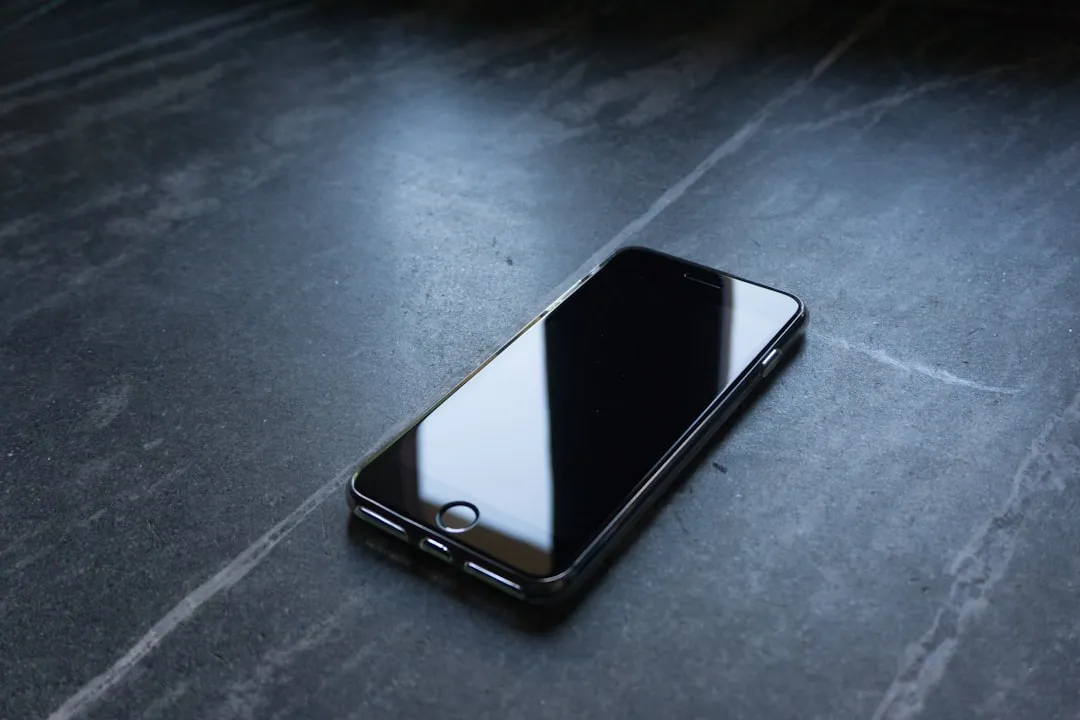
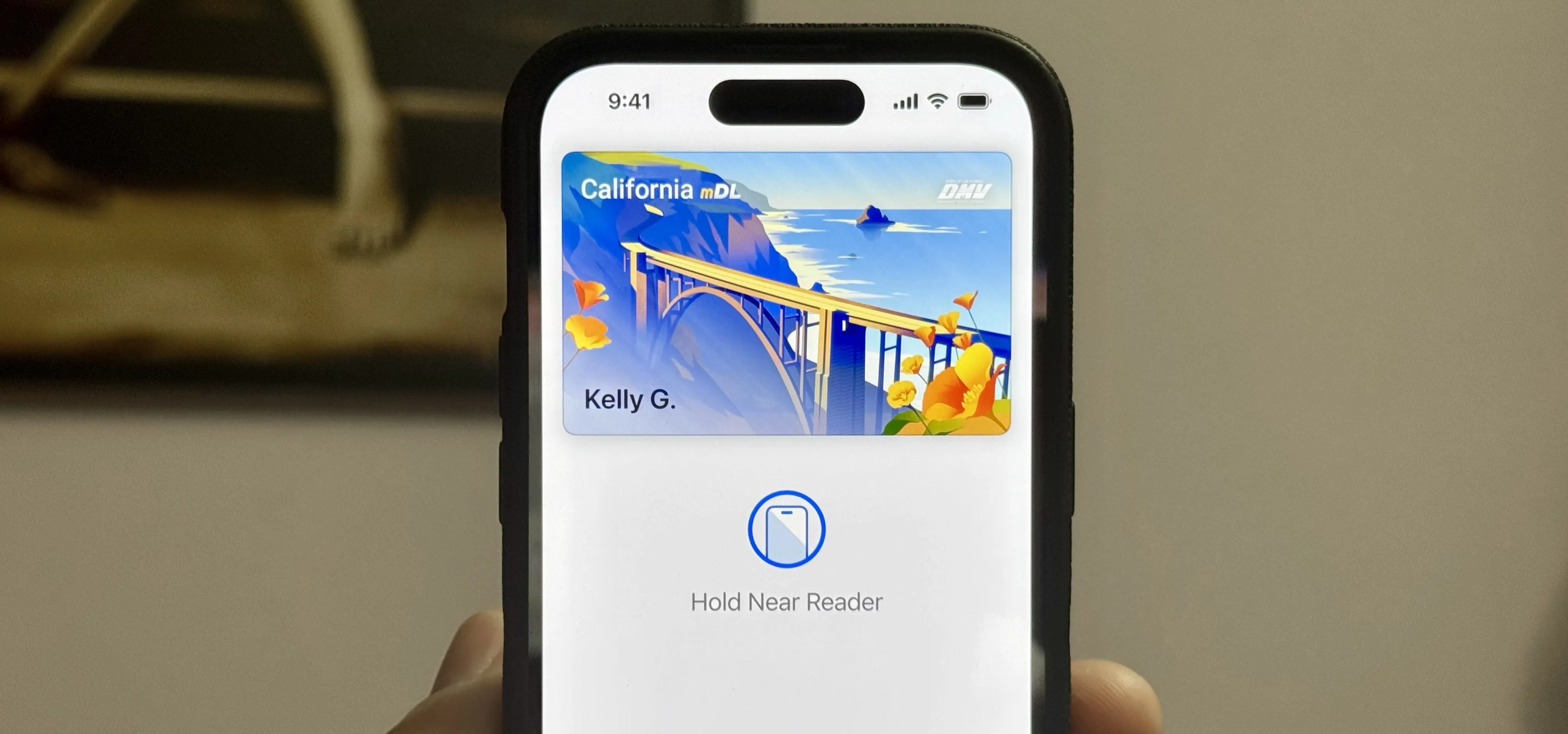
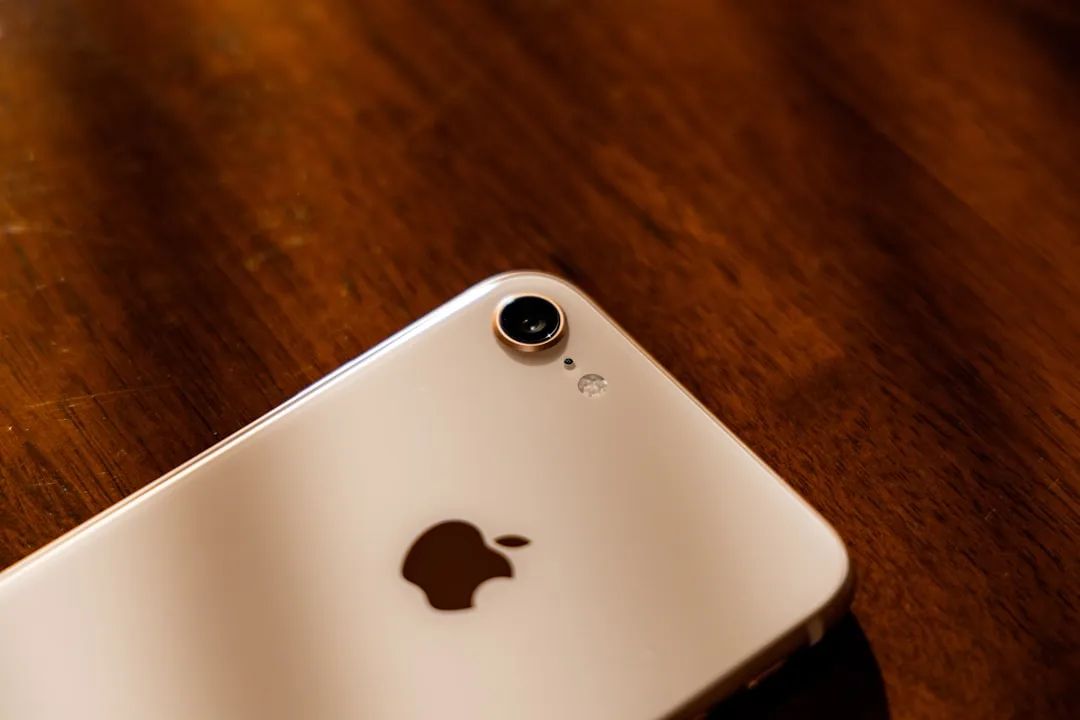
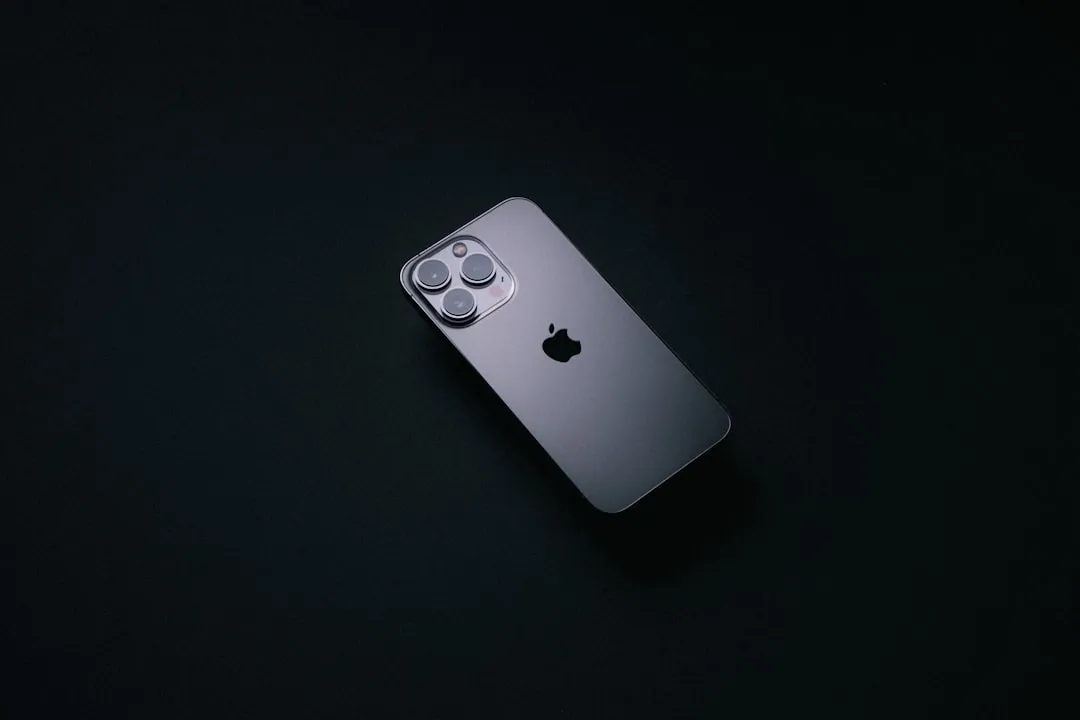
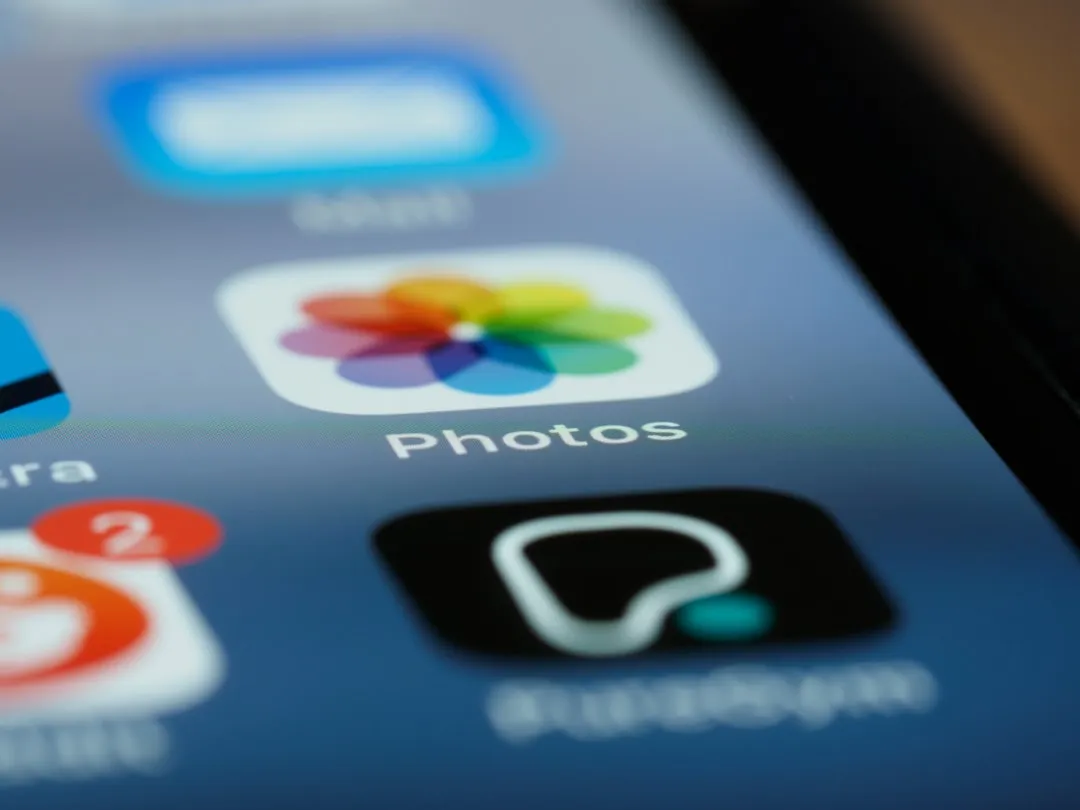
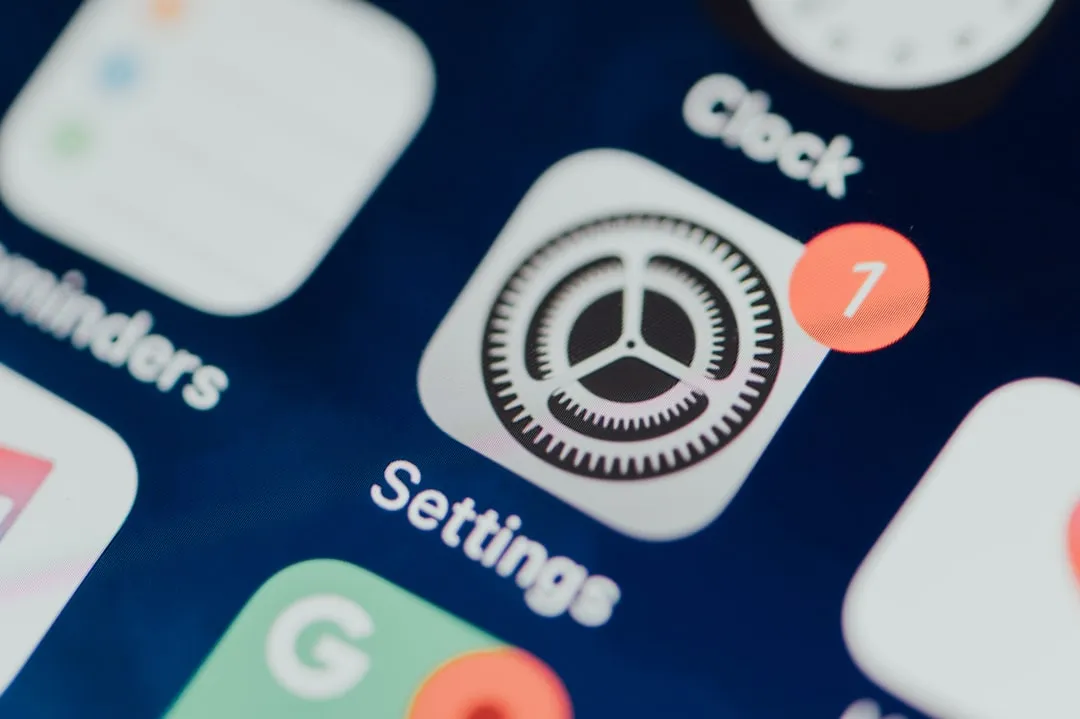
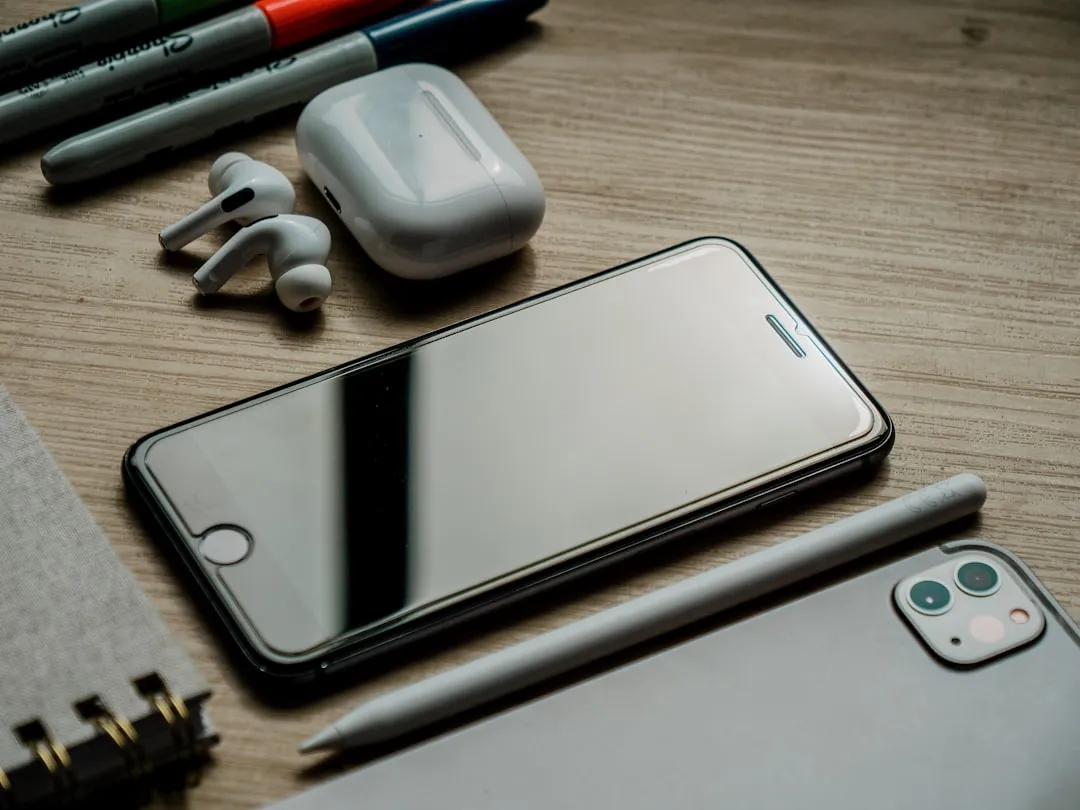

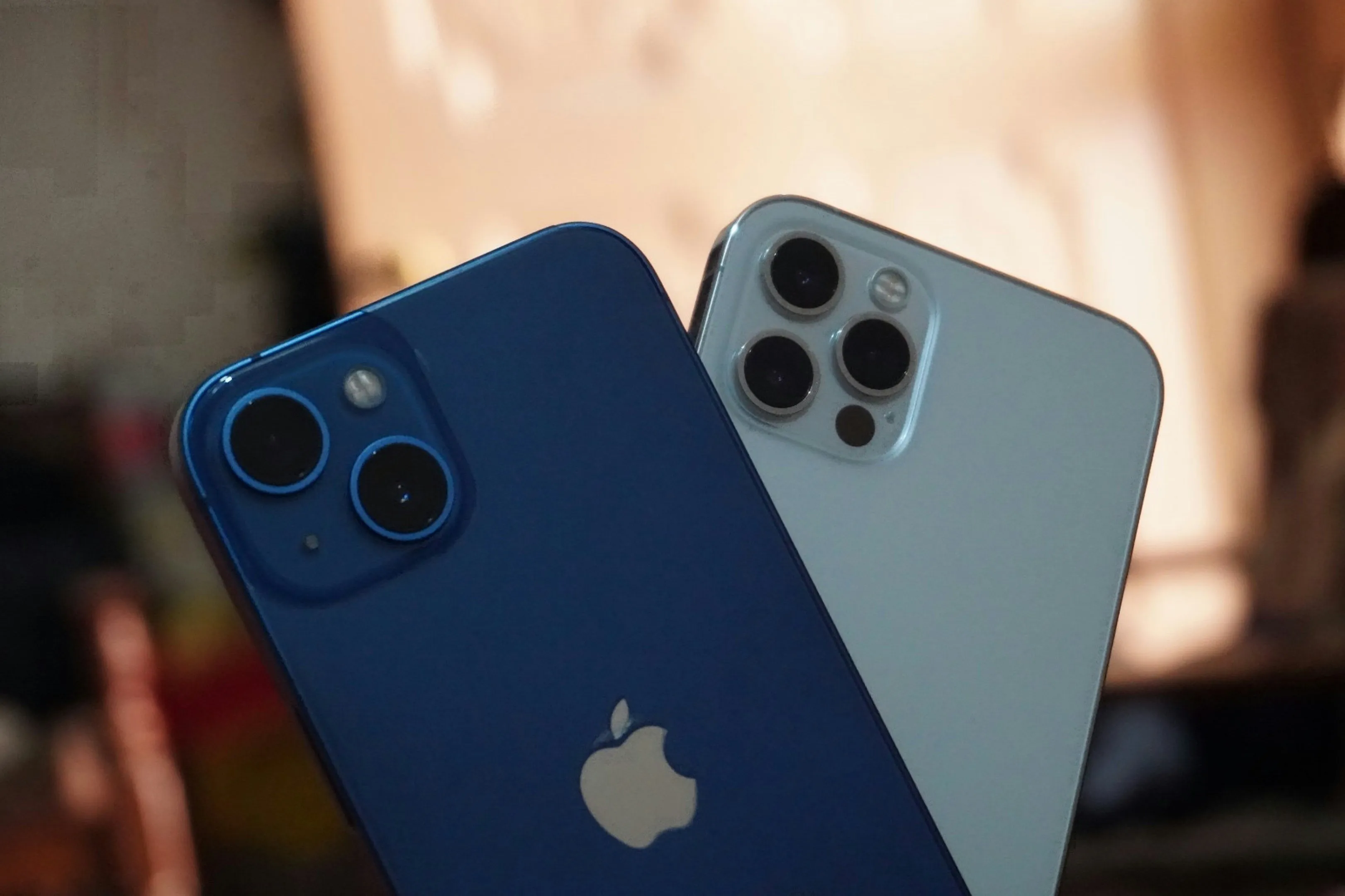

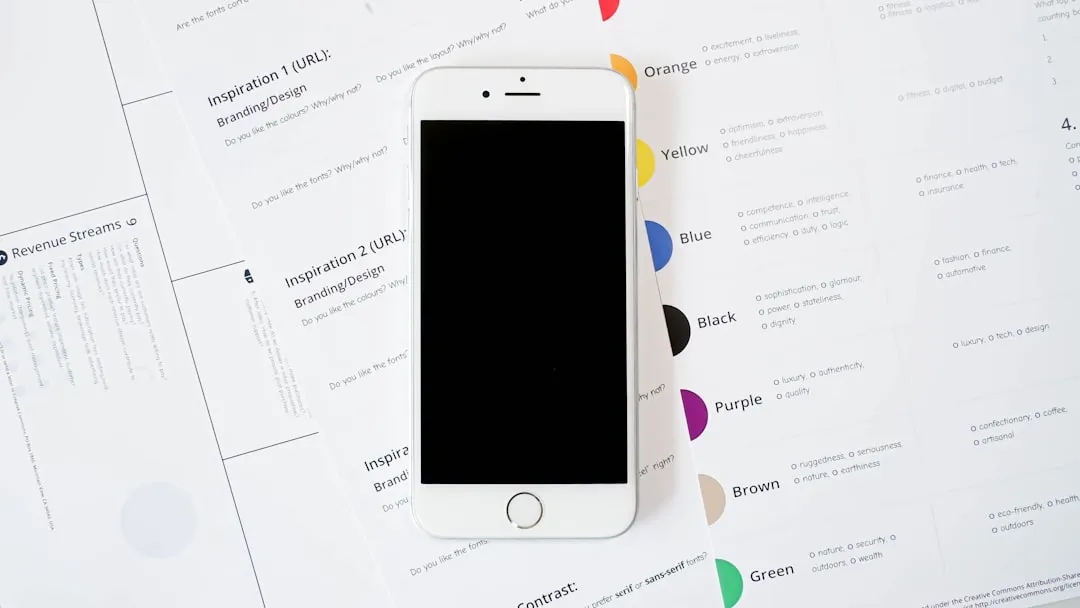
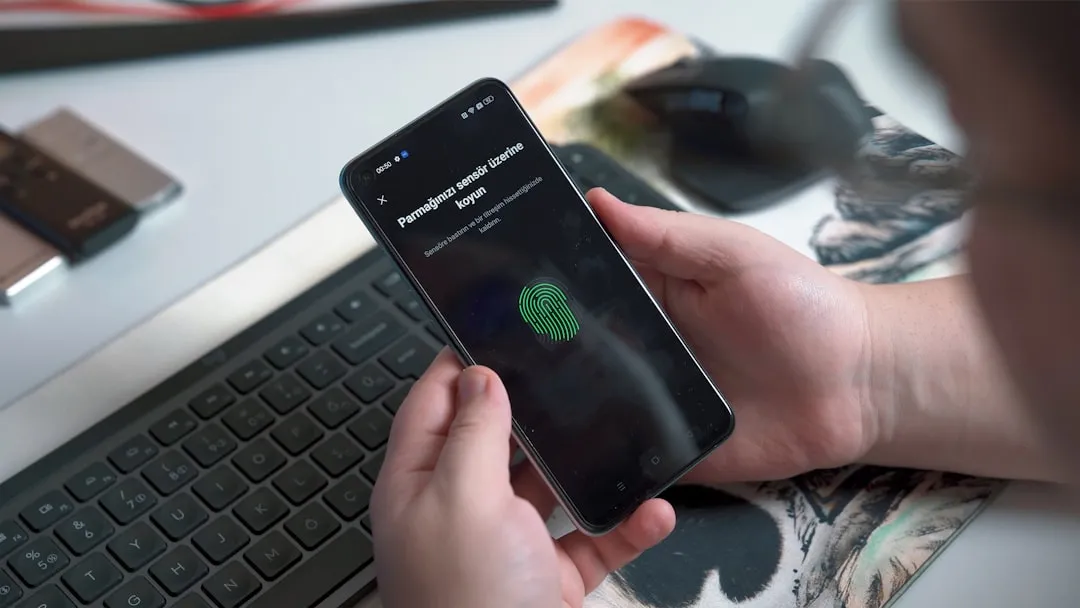
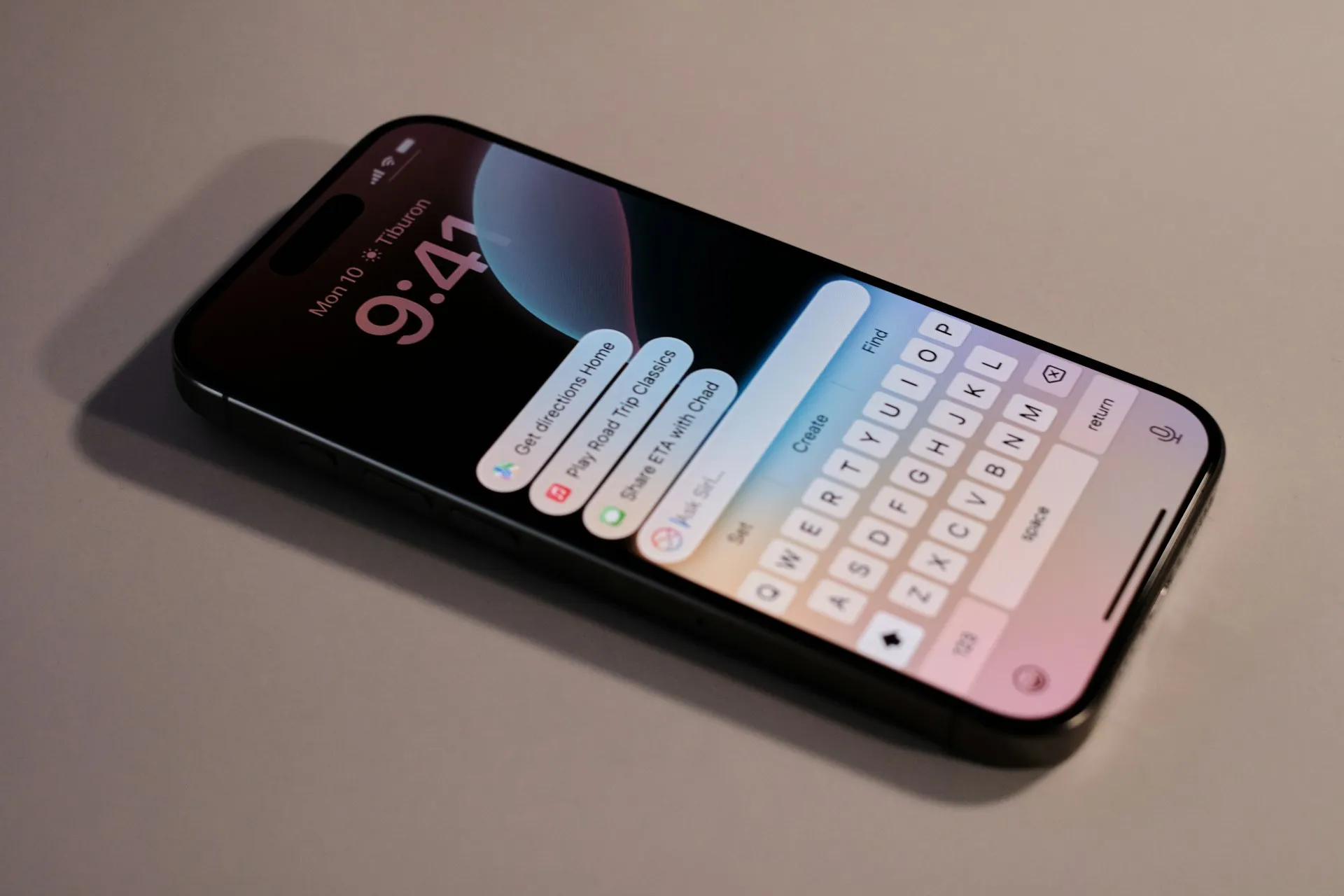

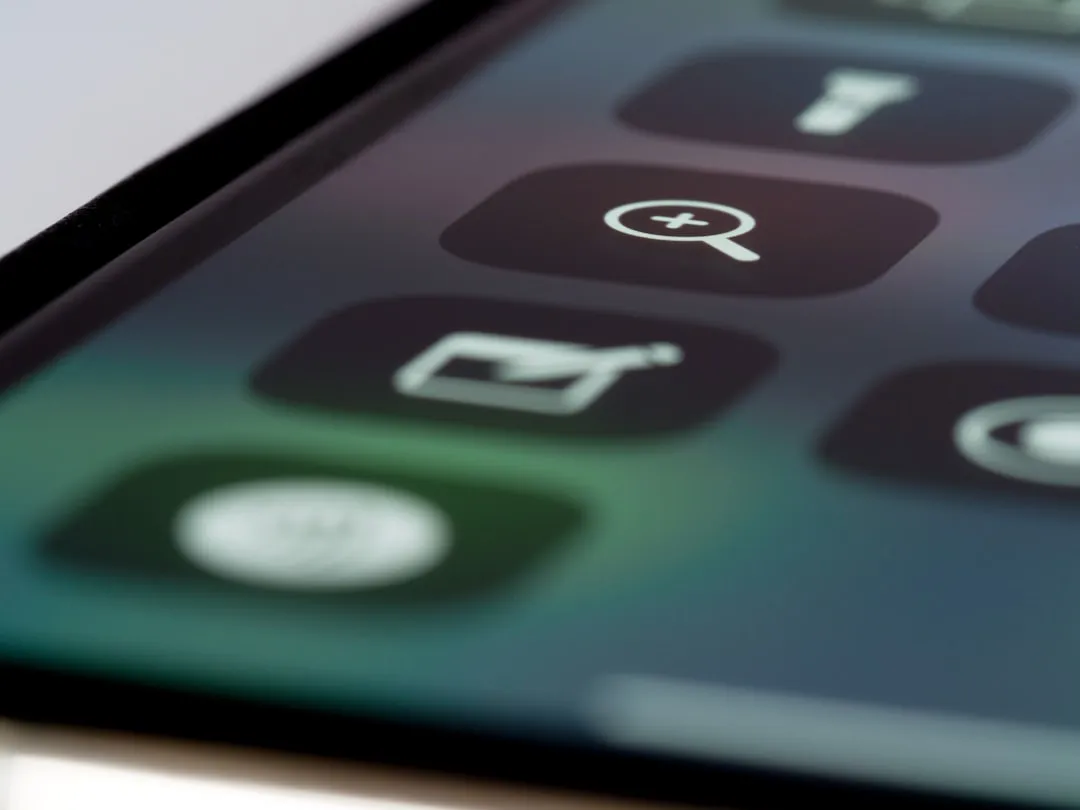
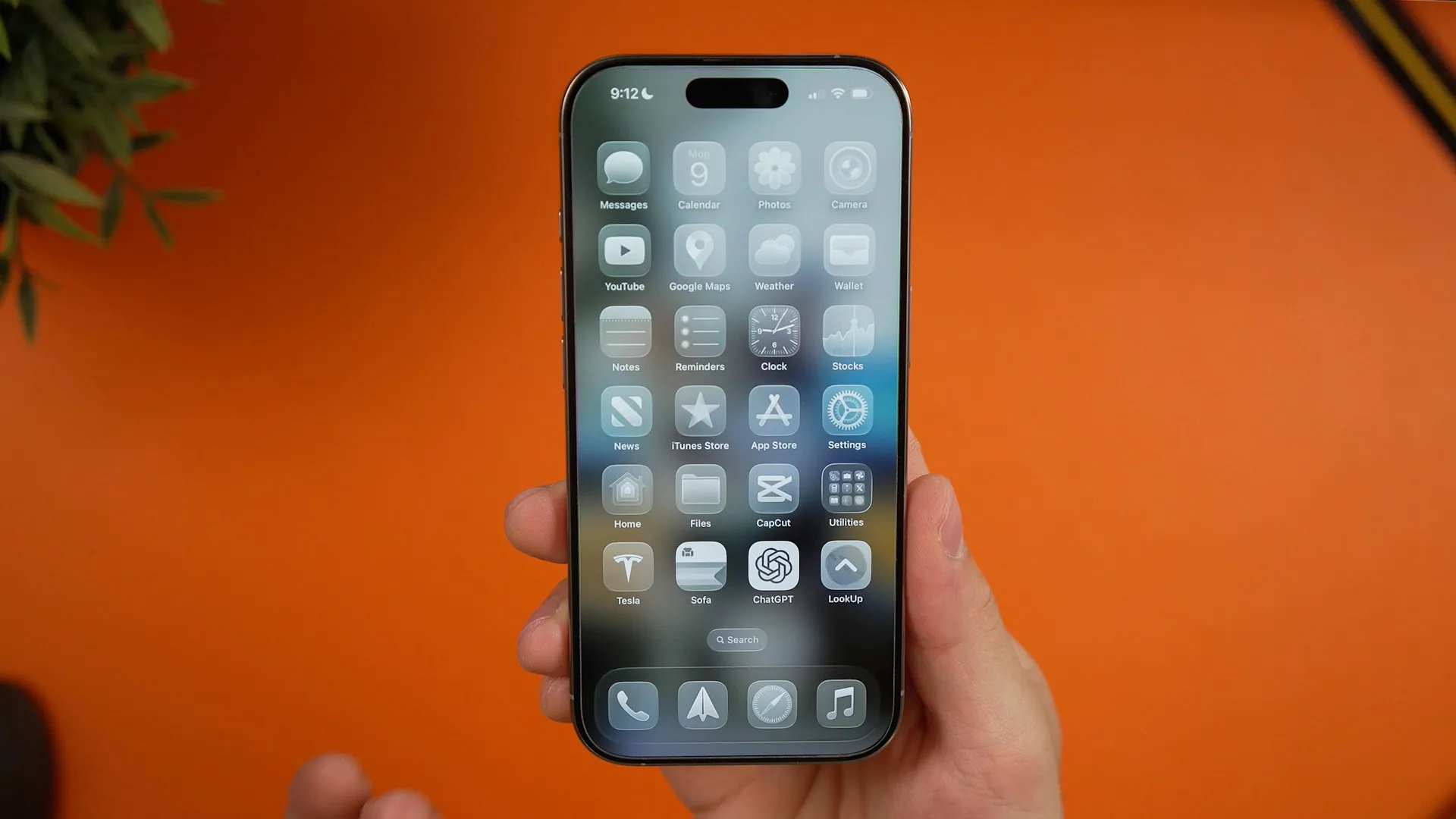
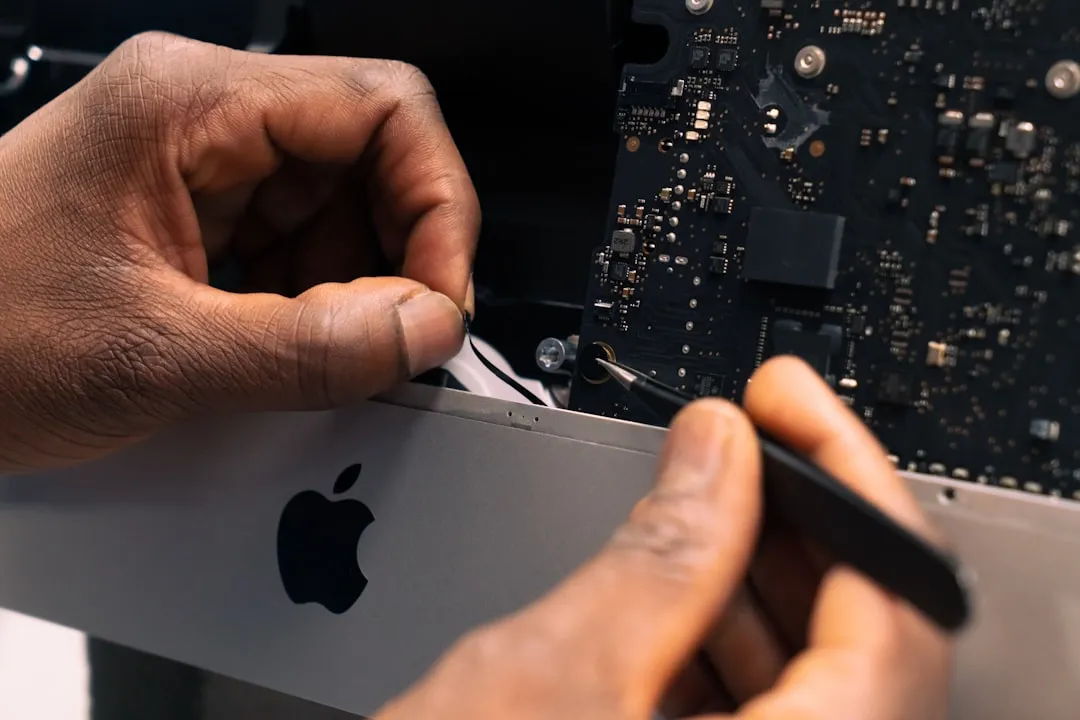
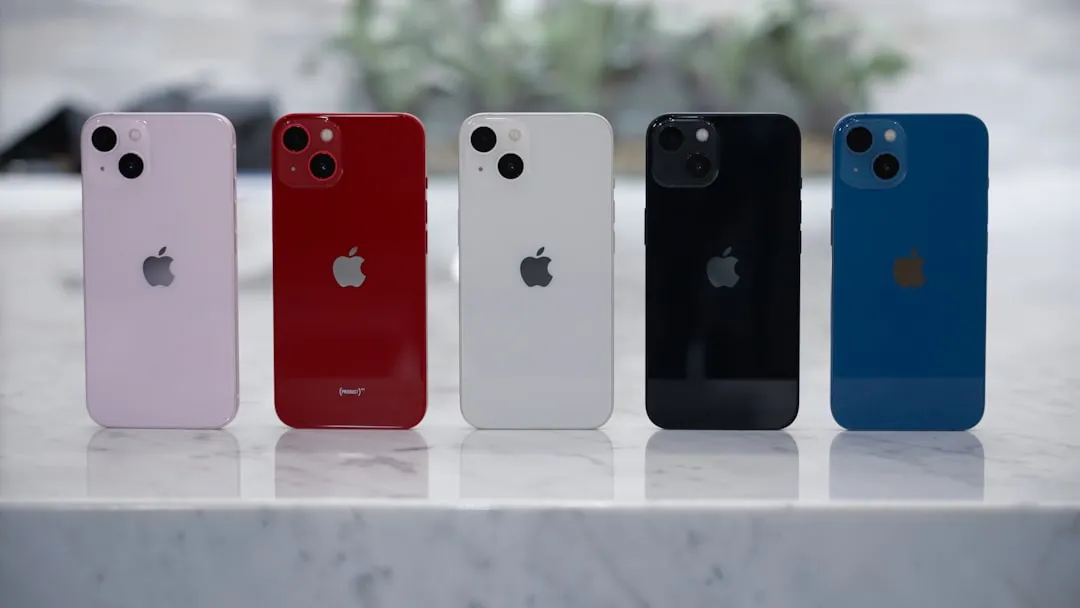
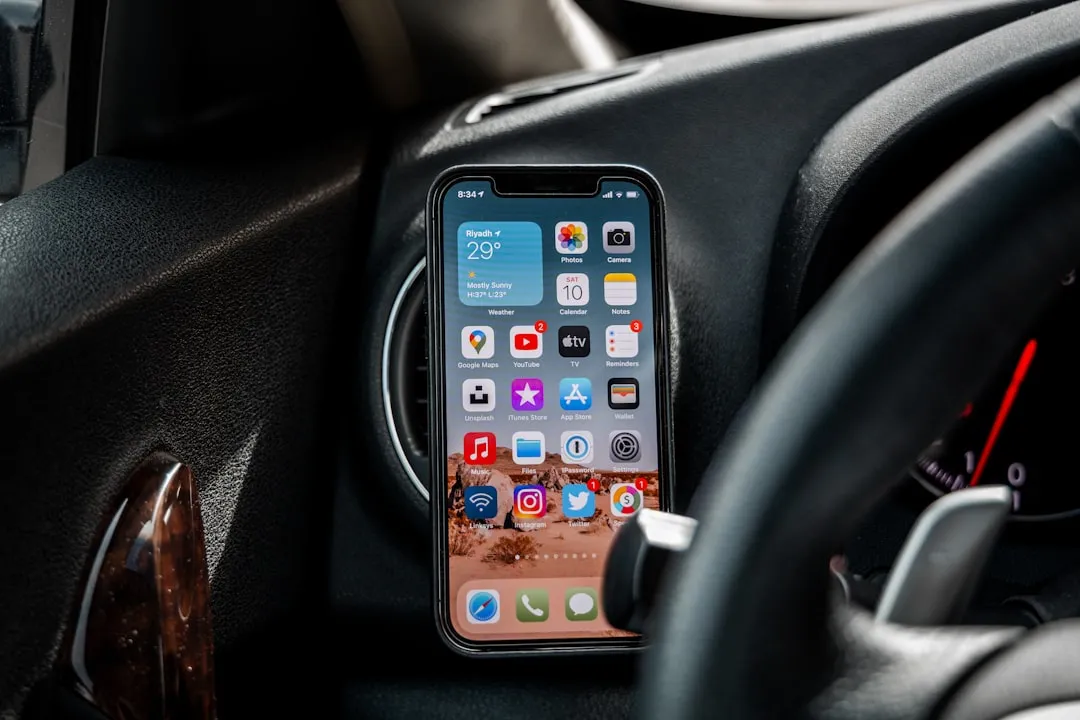


Comments
Be the first, drop a comment!